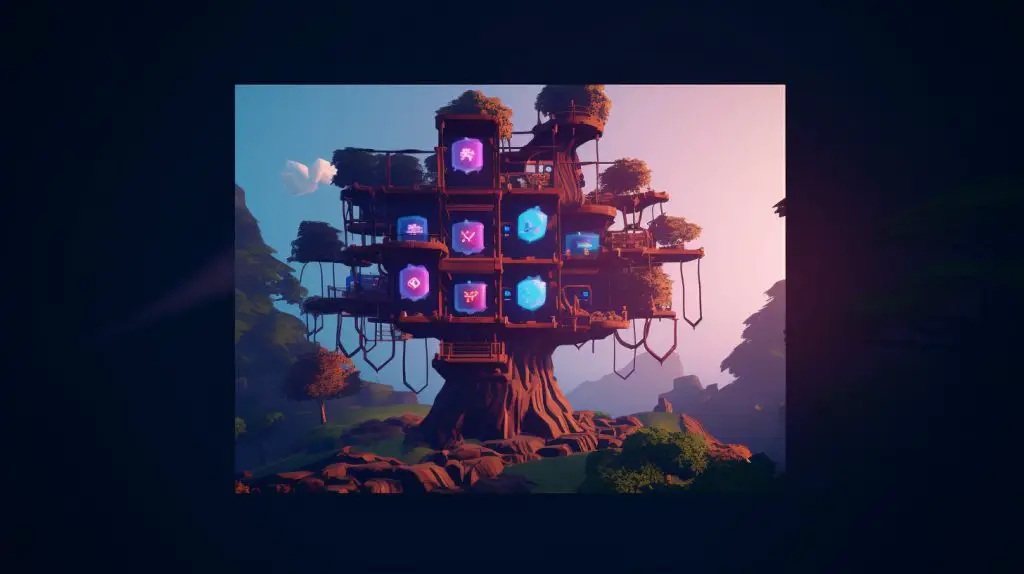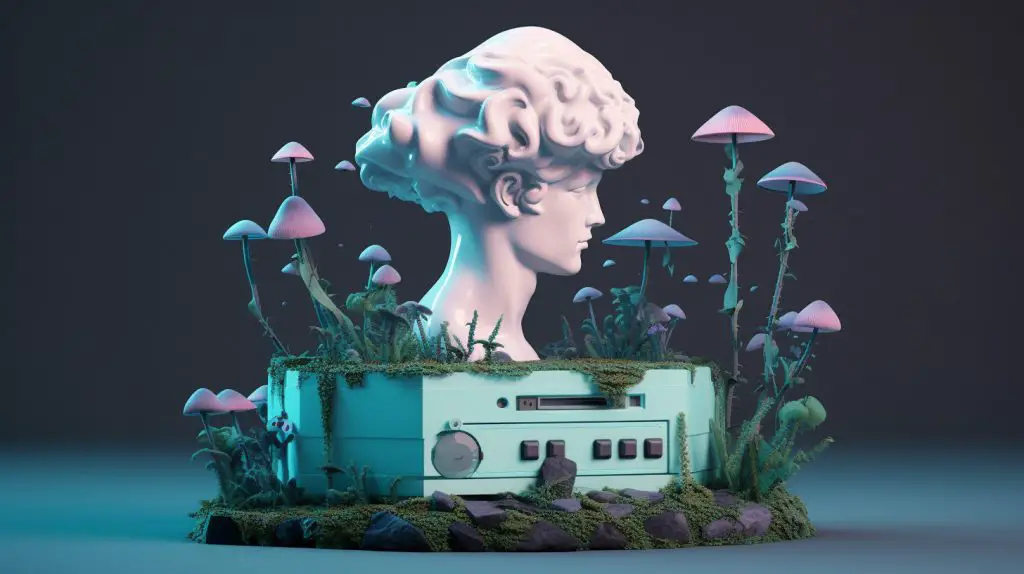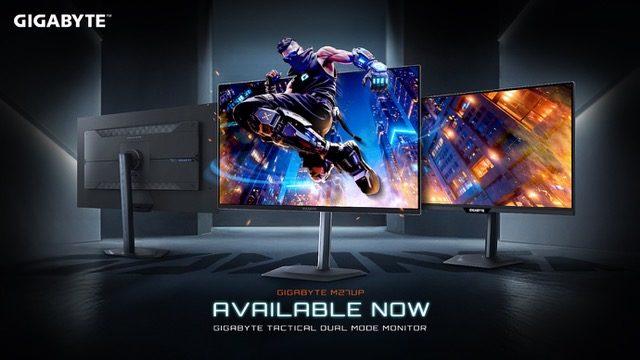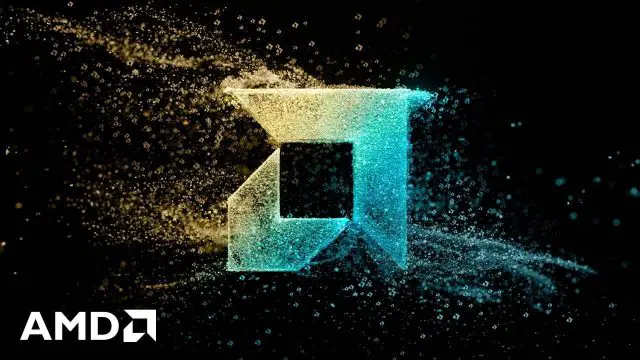The Process of In-Game NFTs Creation
NFTs in gaming 2023 reached a much higher level than it has been since the launch of the first Play-to-Earn projects. Technologies do not stand still and develop, adapt, and optimize with each quarter and the successful launch of blockchains and crypto. The development process of NFT games is not too different from the usual games, but since this is not just a new shooter or RPG, it uses different tools, features, and processes.
Understanding In-Game NFTs
The main feature of such games is NFT objects, with the help of which users can earn cryptocurrency and hence real money.
In-game NFTs are digital objects that have a unique digital characteristic. They buy or sell them for real money since each of them has its price, rarity, exclusivity, and application feature, due to which the price on the trading platform varies.
To understand why much money is spent on characters and various objects in NFT games, you can compare investing in this industry with buying a painting. Art objects in the digital environment worldwide are equated with physical ones in their significance. Moreover, the prices for these paintings can be equivalent to or much more expensive than physical ones. For example, NFT art EtherRock purchased for $1.3 million, which is overpriced for the level of detail and quality of drawing in the usual sense. This is the norm and standard for the crypto ecosystem, including games with the ability to make purchases.
In NFT games, tokens are usually unique characters, cards, items, pets (like Pokemon), etc., which can then be sold on internal marketplaces. The more unique these items are, the more they will be worth in the future. Such NFTs in video games create a separate economic system and develop cryptocurrencies and blockchains. Gamers are actively playing, and the popularity of games is growing along with the assets and the amount of investments. As a result, thanks to such games, almost all participants receive a profit.
Play 2 Earn Game NFTs Creation Process
On the one hand, the concept of NFT games may seem simple: you just create tokens, players buy them, and the game profits. But in fact, this is only a brief description of the game’s successful launch. On the other hand, NFT game development is the same difficult process inherent in many game projects and titles.
Planning and Conceptualization NFT Art
The first and most important stage is quite difficult, as it includes designing what kind of game it will be, features of video game economics, what its genre, visual style, setting, characters, etc, game will be. It also includes the technical part and how to integrate tokens. And a lot more. In addition, the entire concept must be validated by the publisher or investors before proceeding to the next stage.
This stage takes different time for different companies. But most teams devote most of their development to this so that, due to some minimal mistake or miscalculation, they do not start development from scratch.
Designing and Developing NFTs
If you think that the difficulties of in-game NFT and blockchain game development are over, then it’s time to take the next step. During this period, the entire game is developed. Levels, design, characters, and sound are being created, and programming is underway; maybe voice acting is in progress. Moreover, the design for NFT games is one of the main aspects since these elements are a feature on which this game will be played. Often companies use NFT design services as an auxiliary tool because not everyone fully understands that special skills and experience are needed to create such a game aspect.
Various NFT token standards have a more technical aspect. For example, the most common type is ERC-721, a certificate, and proof of ownership in this item/pet/card case inside the game. Others worth mentioning are BEP-721, ERC-1155, and ERC-721. Each has pros and cons, so developers choose ERC-721 as it is more stable and easier to implement.
Integration and Smart Contract Implementation
The smart contract is a key element in the entire blockchain system. Creating an NFT involves converting game elements into a cryptosystem. In fact, when a smart contract NFT is created, the main characteristics of the cryptocurrency are determined. Since NFT games are part of the metaverse, support for smart contracts and their integration is the starting point for running tests and the first gameplay sessions.
Quality Assurance Testing
At the testing stage, QA department check how the game works and find bugs or malfunctions. Often, it is they who have all the main work to find problems with the integration of smart contracts and general gameplay. After the QA test, the game should be ready for alpha or beta testing, whether open or closed.
Quality assurance testing can often be part of an advertising campaign and allows you to promote the game’s marketing strategy actively.
Launch and Integration with NFT Marketplaces
The NFT marketplace is the main field where all financial transactions occur, so you must devote a lot of time to analyzing all the available options. For example, OpenSe is the world’s largest NFT marketplace regarding the total value of digital assets. Here, every day, 20 thousand users make about 60 thousand transactions for more than $30 million, making it one of the most stable and promising for NFT gaming.
But limiting to one marketplace would be a mistake for the company since gamers often use several platforms, and it is possible that OpenSe or Rarible will not be on their list.
Best Practices for In-Game NFTs Creation
If you have ever seen how NFT art for sale is created, you probably know they are completely different. Someone creates masterpiece paintings and sells them for $10; someone is an ordinary square for several thousand. Fortunately, NFT in games has a much more logical state.
As mentioned above, games can have different genres and design styles, but 3D graphics and assets dominate at this industry stage. Modern 3D modeling for video games has reached a new level, and blockchain game development is no exception.
Also, one of the main practices is the game’s interaction with the community through NFT items that improve the gameplay, create unique characters, or just beautiful and cute pets. At the same time, each token is protected by copyright and general security tools such as smart contracts and general game economy protection that helps track actions and transactions.
Conclusion
The modern games NFT ecosystem, according to experts and analysts, is still at the stage of balancing between complete failure and total success. The NFTs art creation industry has reached a new level and the first in this was the Dapper Labs studio with their CryptoKitties project, which allowed players to sell, buy and create tokens. But still, it is very interesting to observe this technology, and if you do not consider the failed and soulless projects, then NFT game development is a promising and profitable blockchain direction.













